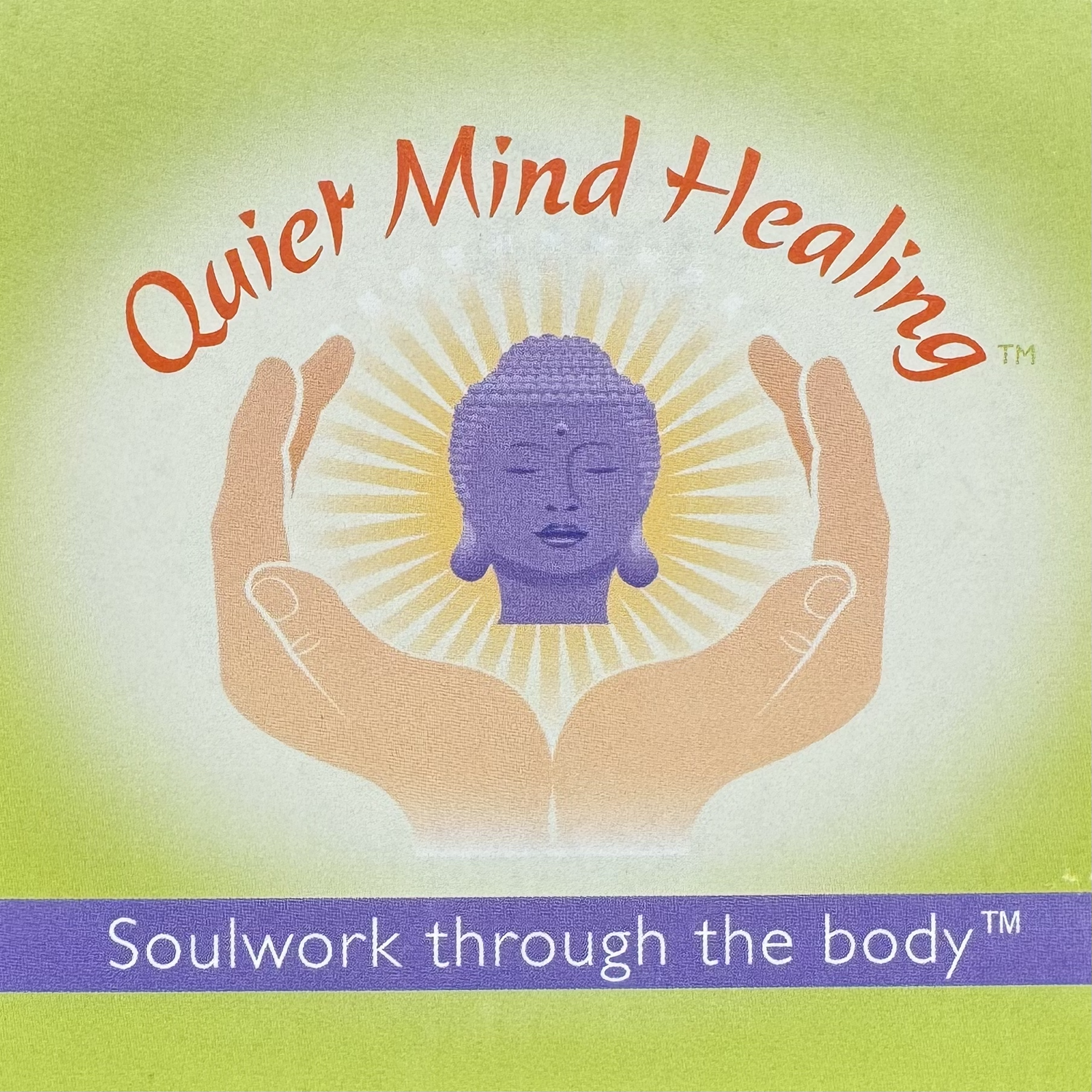More About Shoulder Injuries
More About Shoulder Injuries
“Wobbly wheel syndrome” describes a shoulder girdle where the scapulae are unstable and wing out behind. This person has no idea how to draw the shoulder blades down and away from the ears.
When the shoulders stoop and roll forward, the scapulae (shoulder blades) wing out behind us, toppling the tower of the upper spine and neck. Until the mid and upper back are strengthened and positionally retrained, there is no core support for the head. The upper arm bones are also displaced, not centered in the shoulder sockets. This causes restricted movement, nerve pressures, and joint degradation. If not addressed structurally, degeneration is inevitable; but with awareness and proper conditioning, joint health can be restored. How sad that our culture goes like lemmings straight for surgery and drugs! However, i can happily say that my clients learn to restructure their postural issues for themselves, whether or not surgery has been involved, and they regularly get themselves aligned and out of pain.
Wobbly wheel syndrome deactivates the very muscles that we need in order to balance our neck, rotator cuff, and upper back complaints: the paraspinals and mid-back. Even with zero anatomy knowledge, you can see the traffic jam in this man’s shoulder, and the joint displacement here.
Trapezius, latissimus dorsi, teres major and minor, rhomboids, and splenii are over-stretched and need tone; while pectoralis minor and major, scalenes, sternocleidomastoid, and subclavius are compressed and shortened, needing stretch. We have to activate our backs, which we can’t see; then open the front parts that have been compressed and locked down. A common mistake in the struggle for movement is to pull down on the outer edges of the shoulders, at the deltoids, which only makes the problem worse. Movement has to come from and through the spine.
The caveat here is counter-intuitive: the back of your neck does not need any more stretch; but the chest and front of the neck sure do! If you pull your head forward, or round your back to try to get relief, you will further deaden the nerves that bring you upright again. Even if you just did supported chest openers and mild backbends with no strengthening, you’d be way better off!
It’s simple science. Structure determines function. Bodies work best when their parts fit together right, and so much of this is actually within our control.
Finally, it’s essential to remember that even in the architecture of the human body, the foundation comes first. We must rebuild our posture from the ground up. The condition of our feet, the alignment of our legs, the body awareness and movement patterns that we cultivate – it all matters in our therapeutic outcome. Since we have to live in this very body until our final breath, what more meaningful course of self-study could there possibly be?
It’s simple: retrain the parts that move things back into place. For live help, schedule an appointment with Yolanda. Through Bodywork and Structural Yoga Therapy, we help our clients ace this!
This information pertains to everyone, from injured and hurting; to severely restricted; to hyper-mobile; to sedentary office workers; however, the retraining processes for different body types will vary slightly.
“Refrain from advising muscle-strengthening exercises for joints that are not moving freely. This can lead to cartilage degradation and ultimately capsulitis or osteoarthritis. When massage and movement therapists successfully restore length-strength myoskeletal balance, tissue lubrication improves and the transmission of nerve impulses becomes more efficient. Better proprioceptive neural feedback enhances motor control and reduces injury in clients with the “wobbly wheel” syndrome.” ERIKDALTON.com
Yolanda Pritam Hari, NBCTMB, SYT Quantum Evolutionary Pathways (TM)



